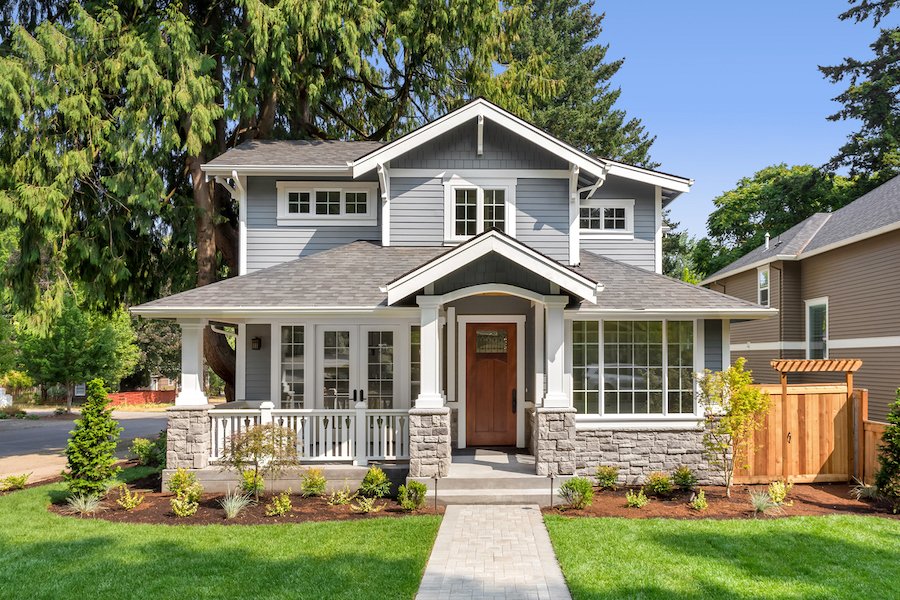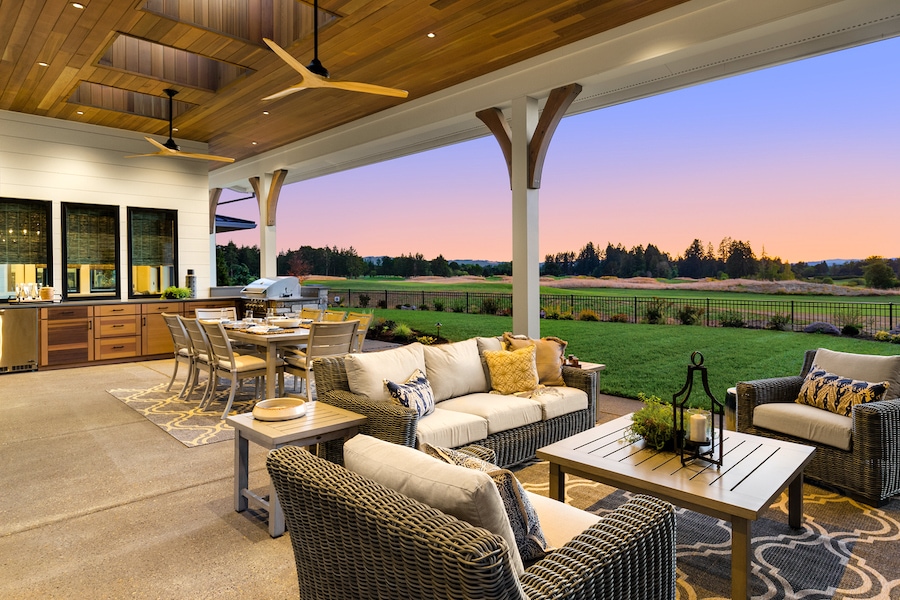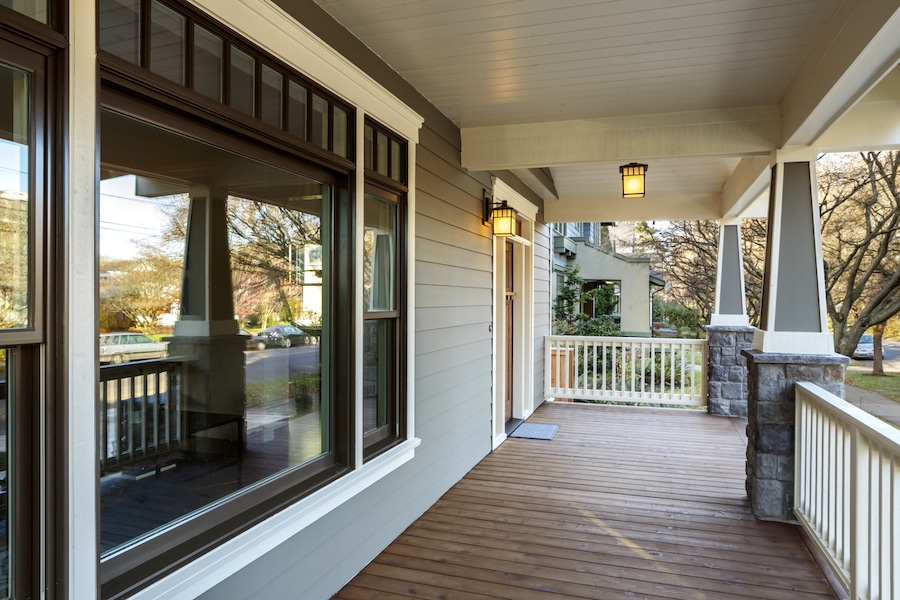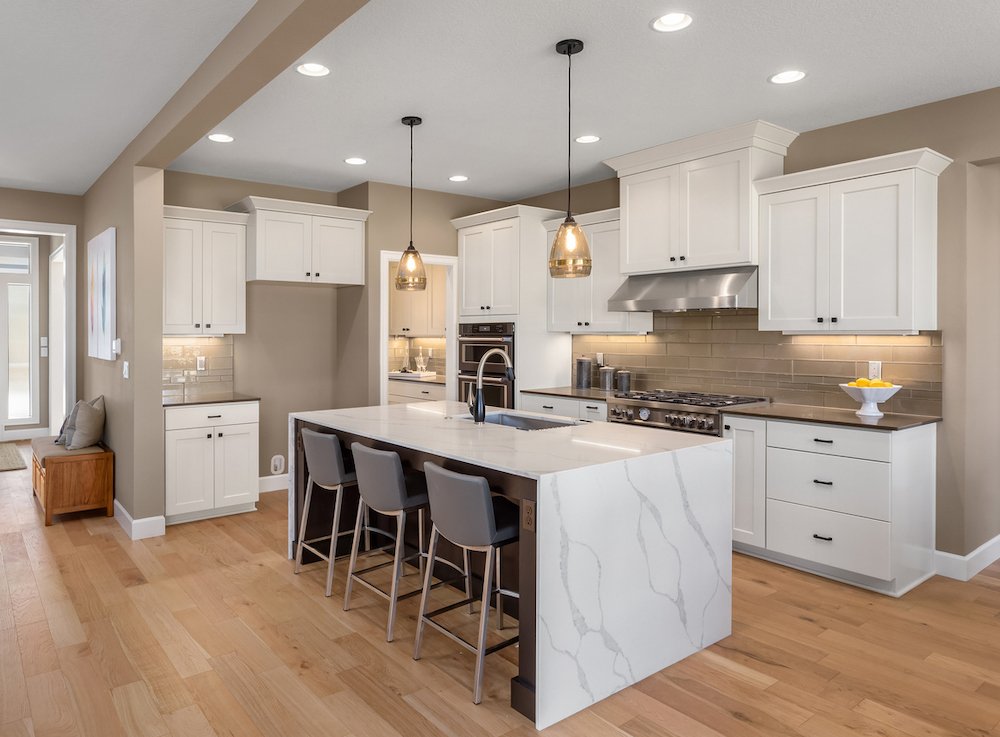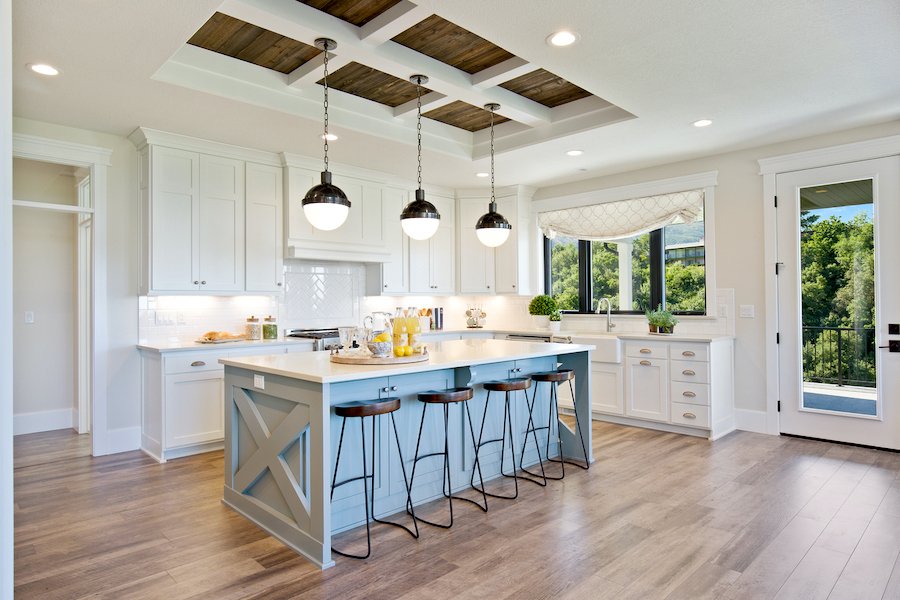
The FHA 203k home loan is a smart move if you’re looking to buy a fixer-upper. The housing market is still strong in many areas, bidding wars are slowing down and foreclosures are starting to pop up. Fixer-uppers offer a financial opportunity to buy a home priced below market in a great location.
With the FHA 203k loan, you can buy a home that needs a fair amount of work and make the repairs affordable with one mortgage. The 203k combines the price of the home with all renovation costs and finances everything with one mortgage. Since the home loan covers the purchase price plus all the renovations, you’re able to spread the cost of repairs over the life of the loan with one affordable mortgage payment.
What’s more, all the repairs and renovations must be approved in advance for a 203k loan so that you won’t end up in a money pit with endless repairs. There are a few restrictions along with great benefits, which we cover in this post.
Is the FHA 203k loan a good idea? Here’s how it works.
The FHA 203k home loan is a government-backed mortgage that’s insured by the Federal Housing Administration. It’s created to help homeowners buy and remodel a home that needs work. It has a few common names: FHA 203(k) Home Loan, Section 203(k) Home Loan, Mortgage Rehab Loan, 203k Loan Program.
The FHA 203k loan combines the purchase price of your home with the total cost of repairs into one mortgage, including labor and materials.
That said, there are rules and regulations you have to follow to get approved for a 203k mortgage. For example:
- The property must be your primary residence*
- Renovation costs must be greater than $5k
- You must work with a HUD consultant
- All repairs must be completed by a licensed contractor
- FHA 203k loan requires mortgage insurance
- An FHA appraiser approves final estimates
*If your residence isn’t safe to live in during construction, the FHA 203k loan will cover your mortgage payments. Also, the 203k loan isn’t available for investment properties or homes priced above current conforming limits ($822,275 in high-cost areas, $510,400 in lower-cost areas).
What is covered under FHA 203k?
Homebuyers can use a standard FHA 203(k) mortgage to do almost any type of renovation except for luxury amenities (e.g., a swimming pool or backyard kitchen). Also, all updates and repairs must be considered “permanent” for the home. A few popular renovations that are covered:
- Upgrades to remove health and safety hazards
- Improve accessibility for a disabled person
- Update plumbing and sewer systems
- Structural changes such as adding bedrooms
- Remodel bathrooms and kitchens
- Install or replace flooring, windows, roofing
- Major landscaping projects
It’s a good idea to meet with contractors early to make sure your project can get started as soon as the loan closes. Make sure to find a contractor with experience working on projects financed with an FHA 203k loan.
All renovations financed with a 203k loan must be finished within six months.
RELATED: The Fannie Mae Homestyle Renovation Loan for Fixer-Uppers
How much do you have to put down on a 203k loan?
The minimum down payment is 3.5% for applicants with a credit score above 580. For homebuyers with a credit score between 500-580, the typical down payment required is 10%. Gifted funds are allowed from friends and family, and there are also down payment assistant programs that might be available. Connect with a mortgage advisor to decide which mortgage program will save you the most money.
If your credit score is wavering, learn how to improve your credit score in less than 60 days which we blogged about here.
Can I use a 203k loan to flip a house?
To qualify for a 203k loan, the property must be your primary residence. So, if you’re planning to flip a house quickly while living in a different property as your primary residence, then the FHA 203k home loan won’t be a good fit.
The upside is that all repairs and renovations must be completed within 6 months for an FHA 203k loan. When all is said and done, there’s nothing keeping you from selling the house once the repairs are complete.
If you’re buying a fixer-upper as an investment property, connect with a mortgage advisor to discuss home renovation options. You could also apply for a home equity loan or a home equity line credit to finance your remodel, which we blogged about here.
How to qualify for an FHA 203k (and why you need an FHA-approved mortgage lender)
Working with the right mortgage lender is essential when it comes to the 203k loan. For one, the Federal Housing Administration (FHA) will only approve 203k home loans from an FHA-approved mortgage lender. Second, financing a fixer-upper with an FHA 203k loan is different from other types of home loans. There is a fair amount of paperwork required to meet application requirements. You’ll need to work with approved contractors and verify all estimates for repairs and materials. In addition, you will often work with a HUD consultant.
Talk to your mortgage advisor about home renovation loans to find out which loan is the best fit. Buying a fixer-upper in 2021 can put you on the fast track to financial freedom, and getting approved for an FHA 203k loan might be the best next step.
Once your 203k loan is approved, you can rest assured you’ve got the financing you need to finish the work on your new home. It’s a helpful safety net, especially if this is your first fixer-upper.
RELATED: How to find the best mortgage lender in your area
Summary
Buying a fixer-upper can be a smart financial decision. In general, the FHA 203k loan is a good fit for a property that needs a substantial amount of work and is priced within FHA conforming limits. The property must be your primary residence and all work must be approved by the FHA. Requirements are set by the FHA, such as limits on how much you can borrow and how you can spend the money.
The main benefit is that all the construction work and repairs are estimated at the onset and rolled into one mortgage. You’ll be protected from over-extending yourself or falling into a money pit after you buy the property.
Quick reminders: Properties that need less than $5k in repairs won’t qualify for a 203k loan. Also, the FHA 203k loan has a limit on how much you can borrow, so it’s not a good fit for luxury renovations.
Take Action
There is a lot of paperwork and requirements to get approved for an FHA 203k loan, so it’s better to be prepared before you make an offer. If you’re considering buying a home that needs work, we can help you decide what type of mortgage is best for your renovation. Connect with a local mortgage advisor to get started. We’d love to help.
